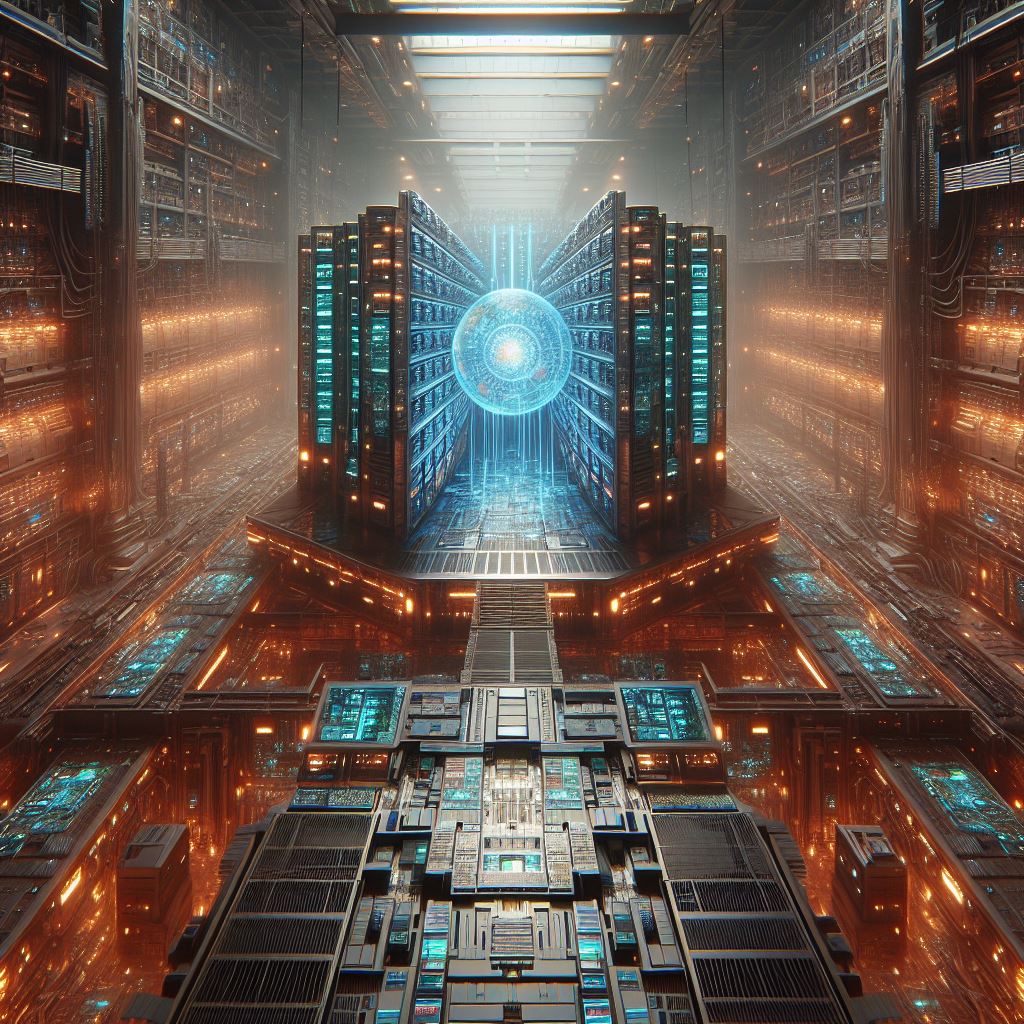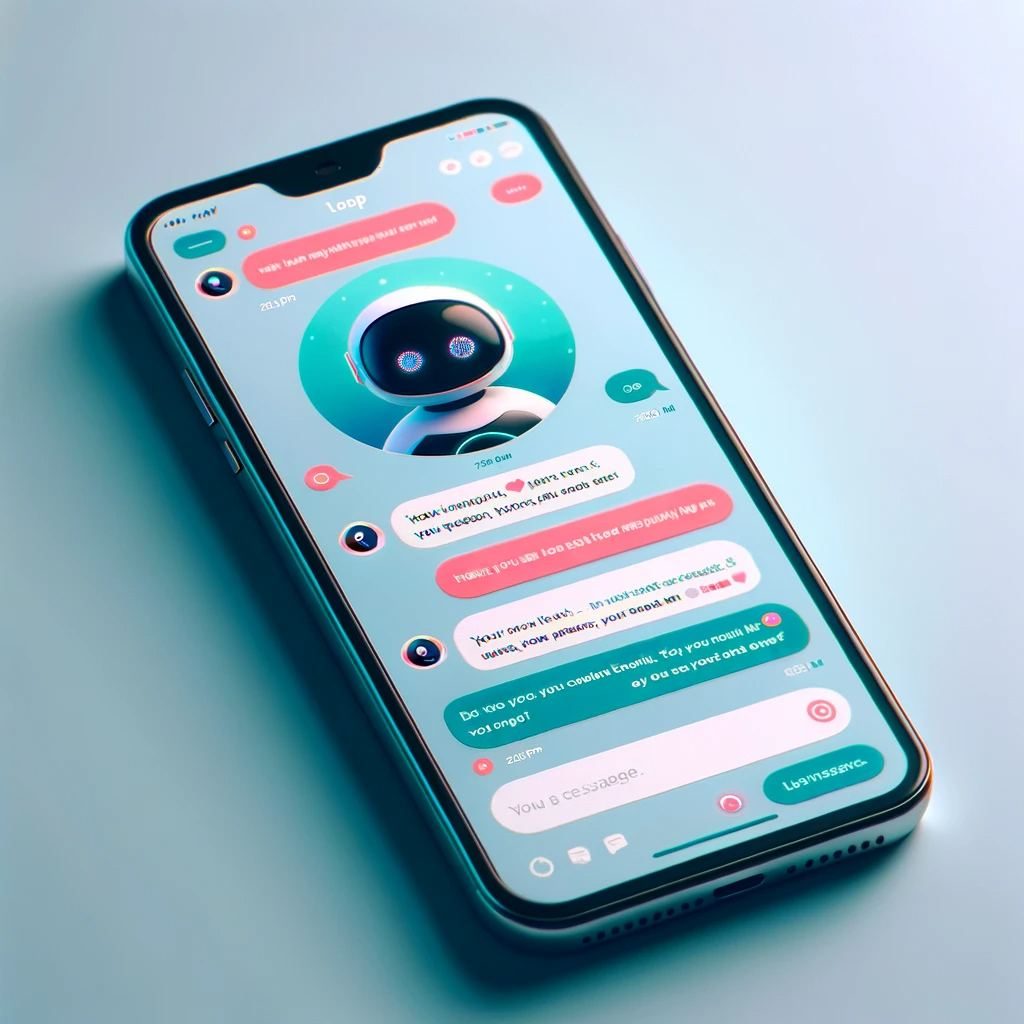On a Saturday night in late August, Luke Farritor, a 21-year-old computer science student at the University of Nebraska-Lincoln, had a life-changing moment. He had been dedicating countless hours over six months to analyzing 3D X-rays of ancient scrolls, all while juggling internships and coursework. While at a party, he received a message that new segments of scanned scrolls had just been uploaded. Amidst the party’s blaring music, he immediately set his AI model to work on these new segments, a decision that would soon lead to a historic discovery.
Upon returning home later that night, Farritor checked his phone and was stunned to see three ancient Greek letters—π, ο, ρ (pi, omicron, rho). He had become the first person in nearly 2,000 years to read these letters, a moment that left him in awe and excitement.
This breakthrough by Farritor is just one of many in a competition to decipher the Herculaneum papyri, ancient Roman scrolls buried and preserved by the eruption of Mount Vesuvius. The competition has united thousands of competitors, fostering a collaborative atmosphere where they share code, discuss emerging results, and even exchange light-hearted content like photos of pumpkins and poems inspired by the challenge. So far, 36 prizes have been awarded, with the grand prize set at $700,000.
The Origin of the Scrolls
The story of the Herculaneum papyri dates back to the eruption of Mount Vesuvius in A.D. 79 when it buried the town of Herculaneum under layers of hot mud and gas. Near the town lay a luxurious villa believed to belong to Lucius Calpurnius Piso Caesoninus, Julius Caesar’s father-in-law. When farmers digging a well centuries later stumbled upon the villa’s ruins, they found what appeared to be lumps of coal. These “lumps” were, in fact, scrolls made of papyrus that had carbonized in the intense heat and low-oxygen conditions of the volcanic eruption. Although some scrolls were initially discarded, the faint traces of letters led to their eventual collection.
Over the years, numerous attempts were made to unravel the scrolls, many of which ended in their destruction due to their fragility. In 1756, Antonio Piaggio, a Vatican manuscripts curator, invented a painstaking machine to gradually unravel one of the scrolls, taking four years to complete the task. King Ferdinand IV of Naples even exchanged some scrolls for kangaroos with the British Prince Regent.
Scholars believe that the unopened scrolls may contain over 30 volumes of new text, spanning various authors and genres.
The invention of virtual unwrapping
The breakthrough in decoding the Herculaneum papyri came with the invention of virtual unwrapping. Brent Seales, a professor of computer science at the University of Kentucky, developed this method. It involves a three-step process: first, a 3D scan of the scroll is taken using x-ray tomography, similar to a CT scan. Second, the scan is analyzed to identify the scroll’s layers and virtually flatten them. Finally, the flattened layers are examined for traces of ink.
Seales demonstrated this technique in 2002 on artificially created scrolls, earning audible gasps from the audience. Virtual unwrapping’s real-world success came in 2006 when it revealed the text of the book of Ecclesiastes written in Hebrew from a fragment within the spine of another book. Another milestone occurred in 2015 when Seales and his team virtually unwrapped the En-Gedi Scroll, a carbonized fragment from the 3rd or 4th century.
Seales first scanned the Herculaneum Papyri in 2009 but needed higher resolution scans in 2019, which were conducted at the Diamond Light Source in Oxford, UK. Machine learning, as demonstrated by his student Stephen Parsons, proved capable of detecting ink in the scans.
The birth of the vesuvius challenge
In early 2020, tech investor Nat Friedman delved into the world of ancient Rome after reading “24 Hours in Ancient Rome.” His fascination led him to the Herculaneum papyri and Seales’ efforts to decode them. Eager to support this work, Friedman invited Seales to a glamping event he hosted in Sonoma County, California, in September 2022. However, this initial attempt to find funding or collaboration bore no fruit.
To remedy the situation, Friedman and his friend Daniel Gross met with Seales and pitched the idea of a contest—the Vesuvius Challenge. They each contributed $125,000 to start the prize fund, which grew to $1.4 million through a Twitter telethon. The grand prize, set at $700,000, would be awarded to the first team to decipher “at least 4 separate passages of continuous and plausible text from the scrolls, each at least 140 characters long.”
The Vesuvius Challenge commenced on the Ides of March in 2023, igniting the passion of contestants like Luke Farritor.
The race to decode
Luke Farritor, while interning at SpaceX’s Boca Chica launch site, was inspired to join the Vesuvius Challenge after hearing Friedman’s explanation of it on a podcast. He began working tirelessly to familiarize himself with the data and soon found several letters scattered across the scrolls. These letters formed the basis for training a machine learning model, eventually leading to his victory in the first letters prize, worth $40,000.
Youssef Nader, a computer science Ph.D. student in Berlin, also became deeply involved in the challenge. He used an approach that combined unsupervised and fine-tuned models to make significant progress. His dedication earned him $1,500 for a smaller intermediate prize.
Both Farritor and Nader intend to use their prize money to purchase more powerful computers for their ongoing efforts.
The road ahead
Friedman, who initiated the Vesuvius Challenge, remains deeply engaged and passionate about the contest. He is actively involved in the community of participants and believes that the grand prize will be claimed in 2023.
The challenge organizers, recognizing the need for more high-quality data, recently conducted additional scans of two partially unwrapped scrolls at the Diamond Light Source. Despite a storm grounding commercial flights, a private jet was chartered to ensure the scrolls’ safe transport.
As the competition enters its final stretch, participants like Nader are determined to push the boundaries further. While the grand prize is tantalizing, the ultimate goal shared by all is to read and unlock the ancient scrolls, bridging the gap between the past and the present.
In this race against time, these modern-day adventurers are driven not just by the potential rewards but by a common desire—to uncover the secrets and wisdom of those who lived over two millennia ago. The Herculaneum papyri may soon yield their long-hidden treasures, thanks to the relentless dedication of a new generation of scholars and technology enthusiasts.





